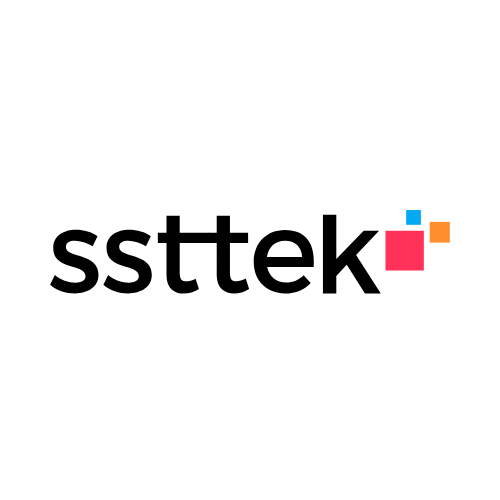As cloud technology continues to advance rapidly, the way data and applications are stored and processed has undergone significant transformation. While the benefits of cloud computing have become widely recognized in recent years, Distributed Cloud, offering more flexible and secure solutions, has started to attract attention.
Distributed Cloud enables data and applications to be stored and processed across various geographic locations, allowing users to access services from servers anywhere in the world without being tied to a specific data center. In this article, we’ll take a closer look at the core features, advantages of Distributed Cloud Technology, and diverse applications of this innovative approach.
Advantages of Distributed Cloud Technology
Flexibility and Scalability
One key advantage of Distributed Cloud Technology is scalability. Unlike traditional cloud computing systems, which rely on a fixed infrastructure, Distributed Cloud can instantly increase or decrease resources as demand fluctuates. This capability helps businesses adapt quickly to changing market conditions. Additionally, servers spread across different geographic regions allow users to access services from the nearest data center, ensuring faster performance.
Data Security and Redundancy
In Distributed Cloud systems, data isn’t stored in a single location but is backed up across multiple locations. This approach eliminates the risk of data loss in case of a server failure. Furthermore, the redundancy between servers in different regions ensures swift data recovery during disasters, offering uninterrupted services and enhanced business security.
Fast Load Times and High Performance
Storing data on servers closest to the user minimizes access times, which is particularly critical for real-time applications. Distributed Cloud Technology ensures high performance in areas such as video conferencing, online gaming, or financial transactions that demand quick responsiveness.
Cost Efficiency
Cloud computing through Distributed Cloud Technology provides cost advantages by allowing users to pay only for the resources they need. Since it doesn’t require significant upfront investments, it offers flexible pricing options suitable for both small and large businesses.

What Are the Use Cases of Distributed Cloud Technology?
Distributed Cloud Technology provides innovative solutions across numerous industries. Its flexibility, security, and high-performance capabilities enhance its applicability in various fields.
- E-commerce: During periods of high traffic, Distributed Cloud infrastructure ensures e-commerce platforms maintain optimal performance, providing a seamless and fast user experience.
- Finance: The finance sector requires secure data handling and rapid transaction processing. Distributed Cloud Technology ensures secure data management while speeding up financial analyses and big data processing.
- Healthcare:Cloud technology enables secure storage and analysis of patient data. Healthcare providers can make faster decisions based on this data, improving service quality.
- Education: With the growing demand for remote learning, Distributed Cloud helps educational institutions reach students more effectively and quickly. It also enables the optimization of educational processes using big data analytics.
- Internet of Things (IoT): IoT refers to a network of interconnected devices and objects that continuously generates data. Distributed Cloud Technology processes and stores this data efficiently. For instance, smart thermostats monitor ambient temperature and send data to the cloud for precise adjustments.
Distributed Cloud Technology has secured a vital place in the digital world by offering a range of advantages. By storing data across different locations, it enhances access speed and maximizes security. The flexibility, cost efficiency, and high performance provided by this cloud computing innovation make it likely to be adopted across more industries in the future.


